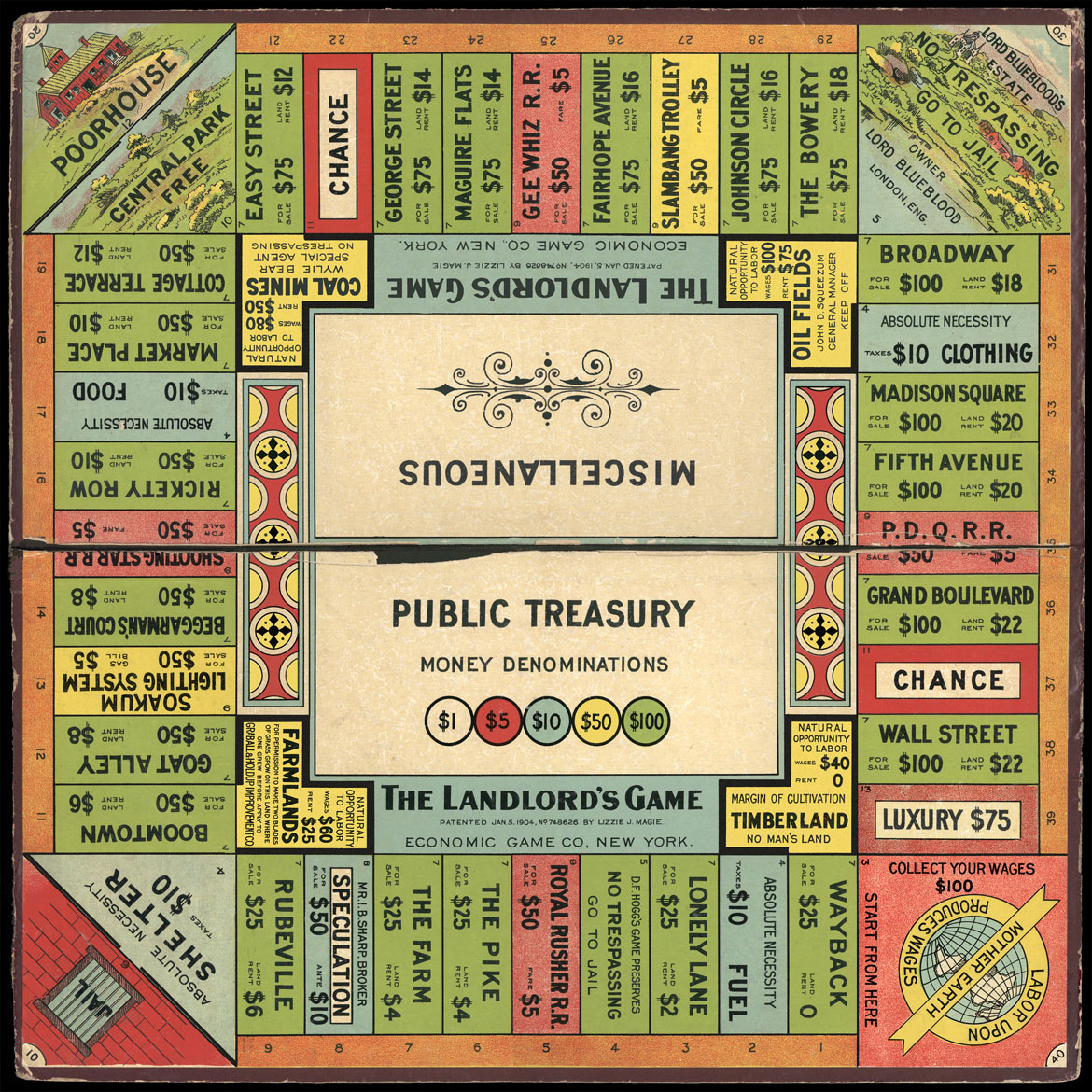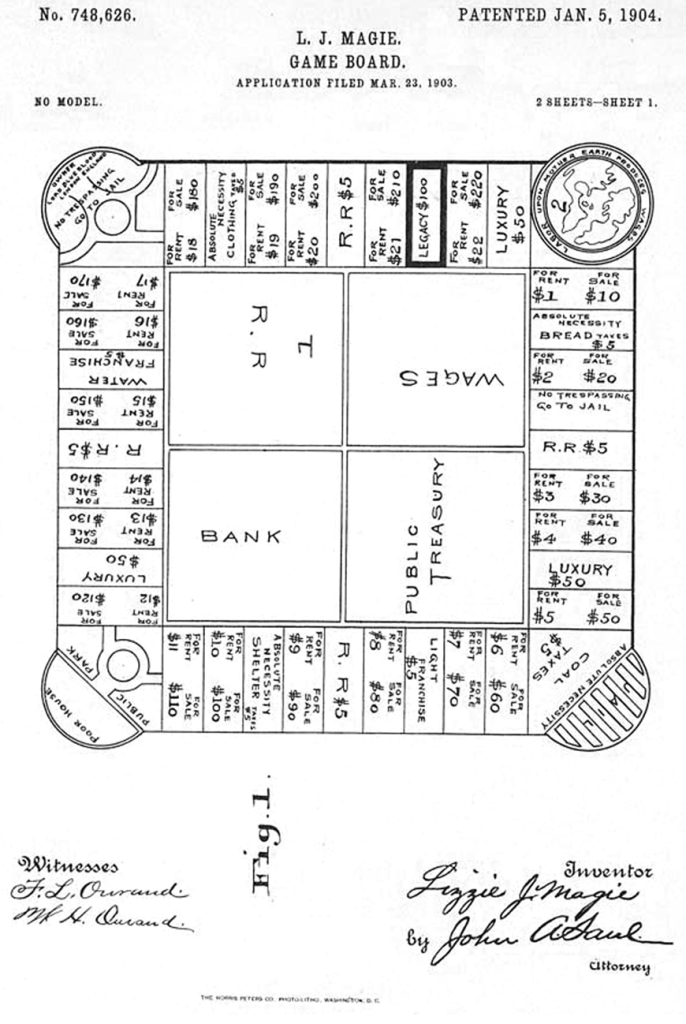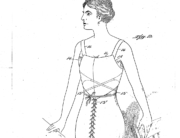At the start of the 1900s, American game designer Elizabeth J. Magie (1866-1948) was on a mission – she wanted to change how people thought about owning property. At the time, a few very wealthy people owned most of the land in the United States, which was called “land-grabbing”. The average person rented land or a place to live from the wealthy owners.
So, she invented The Landlord’s Game to teach players about the unfairness of “land-grabbing”, and the disadvantages of renting. Magie received a patent for the game in 1904, and self-published it in 1906. In 1910, the game was then published and sold by the Economic Game Company.
Can you guess why it’s called Monopoly today? Thirty years later, unemployed heating salesman Charles Darrow slightly changed the design of the board, renamed it Monopoly, and then claimed to have invented the game. In 1935, he applied for and received a patent for the new version. He sold the patent to Parker Brothers, and both he and the game company made a fortune.
Elizabeth, however did not. In 1935, she sold her patent for The Landlord’s Game to Parker Brothers for $500. Not much, considering that the game she invented is still one of the most popular board games played today.
“Children of nine or ten years […] can easily understand the game and they get a good deal of hearty enjoyment out of it. They like to handle the make-believe money, deeds, etc., and the little landlords take a general delight in demanding the payment of their rent. They learn that the quickest way to accumulate wealth and gain power is to get all the land they can in the best localities and hold on to it.”
Elizabeth Magie, 1902, The Single Tax Review, Autumn, magazine






